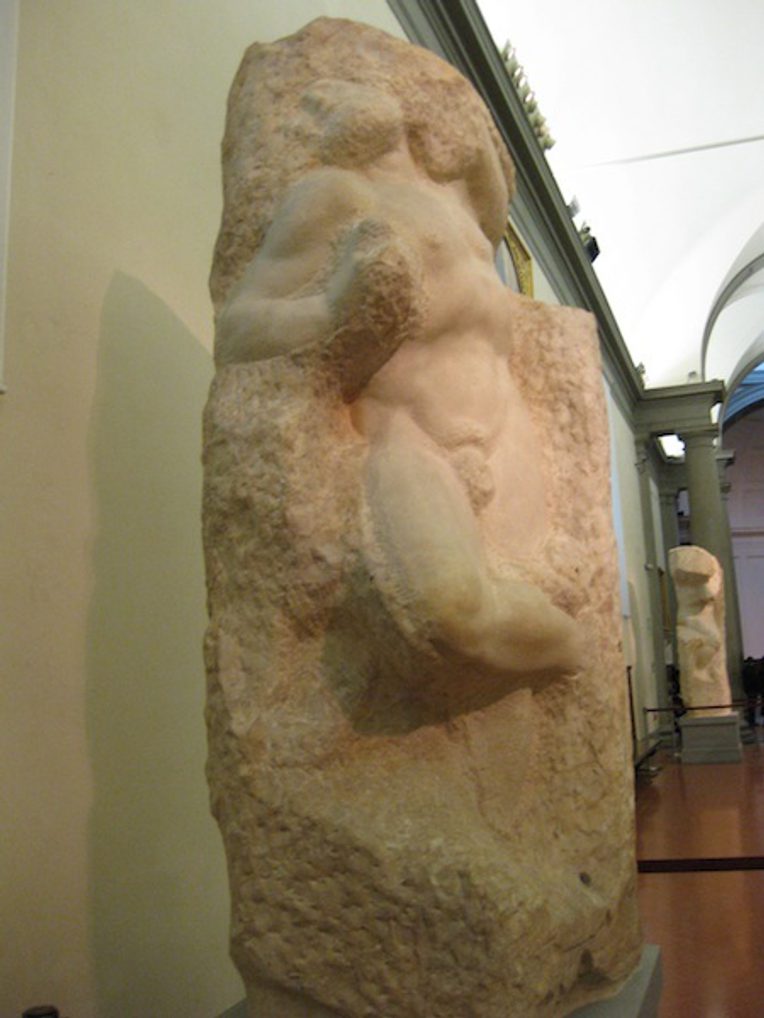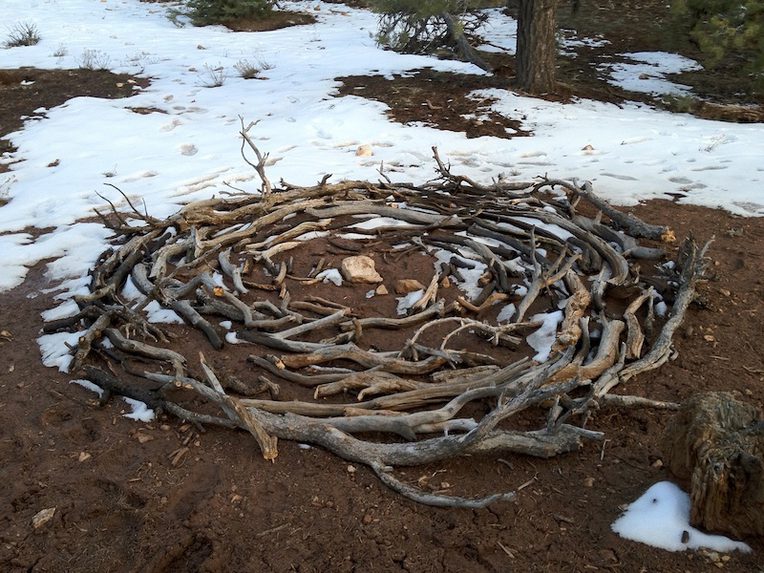This post builds on the research article “Twenty-five years is a long time,” which was published in the August 2012 issue of the Society’s peer-reviewed journal, Cultural Anthropology.
Interview with the Author
Hemangini Gupta: You have a DFES from the Yale School of Forestry and Environment Studies. Can you tell us a little bit about how you came to anthropology and what your location here offers your work? What are the ‘methods’ that your particular training gives you in your work? How would it have been different if you worked only within an anthropological paradigm?
Hugh Raffles: Yes, I’m an accidental anthropologist. I got into the discipline because I was offered a job in anthropology at Santa Cruz. Somehow, everyone there knew I was an anthropologist long before I did. It turned out to be a very happy relationship. I learned a huge amount about the possibilities of ethnography from my colleagues and also a lot about how to combine close textual reading, linguistic analysis, and archaeological and evolutionary perspectives with the type of historical, ethnographic, and ecological fieldwork I was already familiar with.
Maybe I’m mistaken but I do think I work within an anthropological paradigm. Part of what makes the discipline possible and continually interesting to me is that it’s so open. We have license to explore and experiment, to put things out there and see how people within and beyond the discipline respond. One of the most exciting aspects of the Duke conference* was the range of work represented even among the small number of speakers. What was it that identified us as anthropologists? We weren’t quite sure – except for some amorphous ethnographic sensibility. Or maybe some sympathetic resonance. Whatever it was, it generated lively and provocative discussion, and that was enough.
*Hugh Raffles is referring to ‘Writing Culture at 25,’ a conference organized by Duke University in which he participated. More details available here.
HG: When and how did you become interested in stones? Do you apprehend their sensations and qualities in similar ways across world regions?
HR: I’ve actually been interested in stones as demanding objects for a long time. Like many people, I have a small collection of stones that I’ve been given or have picked up on the beach, in the park, by the roadside, etc. This interest turned much more focused when I finished my book Insectopedia and found myself starting to think about questions of life more broadly. Stones seemed like a good way into those questions because they’re so conceptually and materially fluid, so vast, and also so richly and variously conceived in so many philosophical traditions. But I’m not aiming to be comparative. My idea right now is simply to meet people who think about stone and who interact with it in thoughtful ways. I’m trying to understand what they’re saying and to enter into dialogue with them in an effort to learn how I can think better about stones and the questions they unfold.

HG: An ethnography of stone also involves particular types of stones and individual stones themselves. Your piece suggests that while stone itself calls forth conceptions of life as such, vast and multi-faceted, we are also confronted by the life of individual stones, their particularities, histories and qualities. The piece you cite by Deleuze explores this relationship between the life of the individual and a singular life, and I wonder how an ethnography of stones might contribute to our understanding of the relationship between the two?
HR: I think that’s a good way to think about it, although it obviously begs the question of how we conceptualize life. I like it because — to use these terms — a particular stone is simultaneously stone, the stone, and a stone, so it yet again forces us to reimagine scalar relations, which would include the distinction between the universal and the particular. I’m afraid I don’t have anything particularly illuminating to say though. Deleuze suggests in his essay that the way to apprehend these conditions is through the materiality of a thing, and my approach is similarly to begin with the object in its pluralities and work from there. Eventually I’ll find out where that leads!

HG: Your piece suggests to me that stones bear traces of life, and reference registers of space and time, that far surpass the immediate ethnographic encounter. How might ethnographies of objects of long duration then alter what it is we expect from the ethnographic encounter, the questions we ask, and what it is that we produce as ‘findings’?
HR: This is really a very preliminary essay that just sketches some of the ideas I’m struggling with. Unsurprisingly, the difficulty of thinking deep temporality is something that comes up again and again with these things. But what does this mean methodologically? Well, I’m cautious about general principles. As you can tell, I prefer to work from a specific object and discover what it generates in the way of questions and concerns. Particular stones in particular situations provoke particular considerations for particular people — and because of the nature of stone those concerns are often, though by no means always, connected to duration and to deep time. The problem for ethnographers is different than for, say, geologists who are writing very long histories of the present. An anthropology of stone asks you to try to think multiple temporalities simultaneously, to grapple with deep and shallow time at once, if you like. The same kinds of questions that emerged in anthropology over the past few years in relation to ontological multiplicity appear here in relation to temporality — temporal depth as well as rhythm and tempo. And I’d also want to make similar comments in relation to space. I find stones especially helpful here partly because of their physical and historical diversity and partly because they generate such interesting metaphors.
HG: One of the contributions of Writing Culture was to draw attention to writing as critical practice. How do you approach writing in your own work? Does your work with stones, for instance, require a new aesthetic?
HR: Well, it requires a new aesthetic for me, at least. I work by listening closely to the objects that I write about and there are qualities of insects that forced the structure and style of Insectopedia — their number, their variety, their unruliness, their phantasmagoric aspects. Stones have a different way of being in the world and it’s been more complicated. I thought initially that this book would be all about stillness, but it’s really not turning out that way and I’m still not quite sure what’s going to happen.
This might sound obvious, but it’s helpful to remember that writing is inseparable from reading. I try to write as a reader and I think a lot about the experience I want the reader to have during their time with the text. It’s a basic point but we’re not simply communicating at a cognitive level in writing, we’re conveying an enormous amount that is affective and embodied. So for me it’s not primarily a question of what I want the reader to “know” in an intellectual sense, so much as where I’d like them to go and what I hope they’ll find — which, because both writing and reading are forms of exploration, is likely to be something I’m only beginning to glimpse. Rather than simply as a means of communication, I think of writing as a process of creating an environment, a presencing, a world-making, whatever you’d like to call it. It can create an environment in which things — including ourselves — can be understood differently and can live in different and sometimes unexpected ways.

HG: Can you tell us a bit about where you are now and where we might find you next?
HR: Right now, I’m continuing fieldwork in China, Taiwan, and Britain, and developing a couple of new fieldsites. I’m also reading the classical authors on stones, medieval lapidaries, and some related early modern texts. It’s all very fascinating though at times quite confusing. Next year, I hope to begin interviews with earth scientists and neo-pagans, though probably not together! I’m planning a relatively short but very coherent book. We’ll see how that turns out!
Links that Hugh Raffles Suggests:
Web site of the China Viewstone Association (in Chinese).
Web site of the Opificio delle Pietre Dure (in Italian).
“The Writing of Stones” - Marina Warner on Roger Caillois.
Questions for Classroom Discussion:
1. What is ethnography?
2. Methodologically, how might we approach objects, such as stones, that are “neither human, nor animal, nor “multi-species?”” What approaches does Raffles use?
3. What sense do you get from Raffles’ article of the possible challenges and pleasures that stones offer to projects of ‘writing culture’?
4. Raffles mentions several levels of stone appreciation displayed by scholars, collectors and stone-lovers. What qualities do you think that ethnographers might need to study stone?
Additional Reading
Alphonso Lingis, Dangerous Emotions (Berkeley: University of California Press, 2000).
Francois Jullien, Vital Nourishment: Departing from Happiness, trans. Arthur Goldhammer (New York: Zone Books, 2007).
Gilles Deleuze, “Immanence: A Life” in Pure Immanence: Essays on a Life, trans. Anne Boyman (New York: Zone Books, 2002).
Jean-Christophe Bailly, “The Slightest Breath (On Living),” trans. Matthew H. Anderson. CR: The New Centennial Review 10:3 (2011): 1–12.
Kemin Hu, The Suyuan Stone Catalog: Scholars’ Rocks in Ancient China. (Trumbull, CT: Weatherhill, 2002).
Mei Zhan, “Worlding Oneness: Daoism, Heidegger, and Possibilities for Treating the Human,” Social Text (29: 4, Winter 2012): 107-128.
Roger Caillois, The Writing of Stones, trans. Barbara Bray (Charlottesville: University of Virginia Press, 1985).
Selected Works by the Author
Insectopedia (New York: Vintage, 2010).
"A Conjoined Fate," Orion, 2010.
"Jews, Lice, and History," Public Culture (2007).
“The Language of the Bees: An Interview with Hugh Raffles by Sina Najafi,” Cabinet 25 (Spring 2007): 87-92.
“Intimate Knowledge,” International Social Science Journal (54:3, issue 173: 2002): 325-35.
In Amazonia: A Natural History (Princeton: Princeton University Press, 2002).